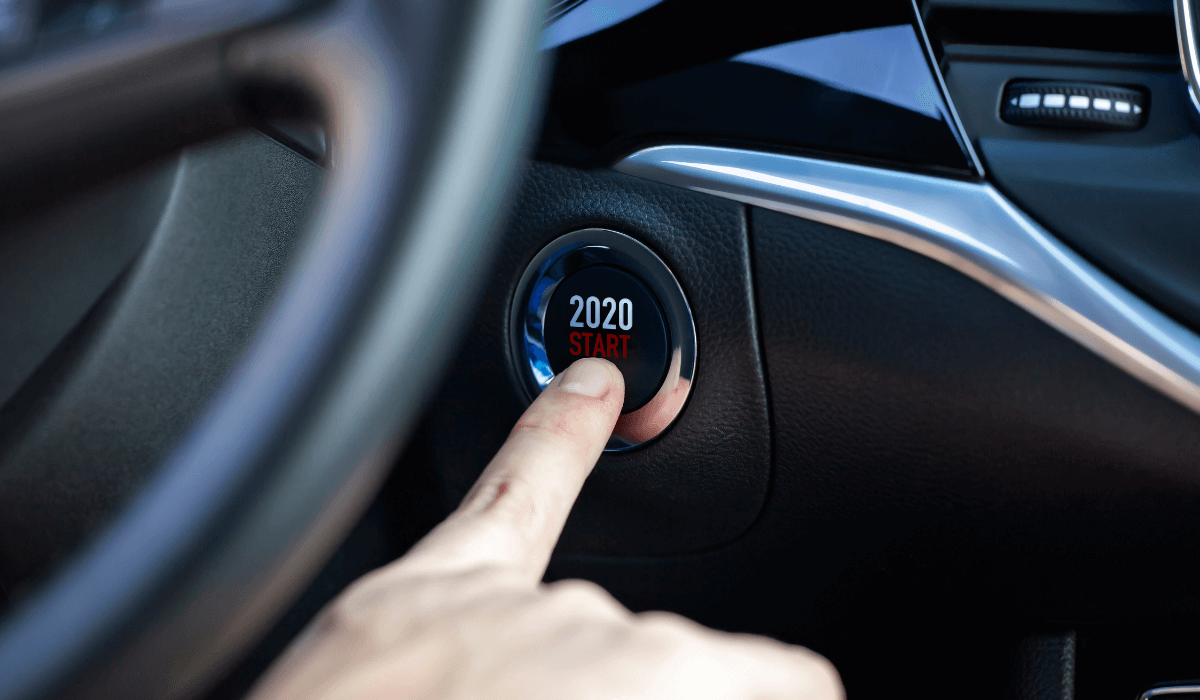It was a sweltering August afternoon in Miami when Clara realized her keys were gone. Again. She’d just unloaded groceries, a diaper bag, and her squirming toddler from the backseat of her 2018 SUV when panic set in—until she remembered. Her car didn’t need keys anymore. With a deep breath, she tapped the door handle, heard the familiar chirp, and collapsed into the driver’s seat, laughing at the absurdity of her relief. For Clara, like millions in 2019, keyless technology had become an invisible ally, a quiet revolution hiding in plain sight.
This isn’t a story about buttons replacing metal. It’s about how a simple idea—access without effort—reshaped trust, convenience, and vulnerability in our daily lives.
The Unseen Magic: When Cars Stopped Asking for Keys
Keyless entry wasn’t new in 2019, but it had evolved from a luxury perk to a standard expectation. What began as a futuristic novelty in the early 2000s had, by the late 2010s, become as mundane as power windows. The real shift wasn’t technological—it was psychological. Drivers began to view physical keys the way we view handwritten letters: charming, but inefficient.
I met a retired mechanic in Austin, Texas, who’d spent 40 years jingling keyrings. “First time I pressed a button and the engine just… woke up?” He shook his head. “Felt like cheating.” His 2019 pickup didn’t care if the keys were in his pocket, his lunchbox, or the cupholder. It responded to his presence, not his effort. This subtle change rewired habits. Parents juggling strollers. Delivery drivers with arms full of packages. Nightshift workers fumbling in dark parking lots. Keyless tech didn’t just open doors—it dissolved a tiny friction point in the chaos of modern life.
The Dark Side of Convenience: Ghosts in the Machine
But every revolution has its rebels. By mid-2019, a new breed of thieves had turned keyless systems into a vulnerability. “Relay attacks” made headlines—crooks using $50 gadgets to amplify a key fob’s signal from inside a home, tricking cars into unlocking. A family in London returned from vacation to find their SUV gone, its key fob still hanging by the front door. “It felt like a betrayal,” the father told reporters. “The car just… left with them.”
The irony was cruel. The same tech designed to simplify life had birthed new anxieties. Forums buzzed with DIY solutions: wrapping fobs in tin foil, storing them in microwave ovens. Dealerships hawked Faraday pouches like medieval talismans. The promise of seamless access now required a security ritual.
The Human Paradox: Trusting What We Don’t Understand
Keyless systems exposed a peculiar truth: we trusted technology more when it disappeared. Few drivers knew how radio-frequency identification (RFID) worked, but they adored the ballet of approaching their car and hearing it greet them with a click. A single mom in Denver confessed, “I don’t even know where the ‘key’ part is anymore. It’s just… magic.”
Yet that trust was fragile. When a software glitch in certain 2019 models caused sporadic lockouts, outrage flared. “I stood in a rainstorm for 20 minutes while my $60k car pretended I didn’t exist,” ranted a tech blogger. The incident went viral, not because it was common, but because it shattered the illusion of control. Our cars had become partners with moods.
The Nostalgia Factor: Mourning the Keyring
Not everyone embraced the keyless future. Classic car enthusiasts hosted “key revival” meetups, brandishing vintage Fords and Chevys with chunky metal keys. “Turning a physical key makes you part of the machine,” argued a collector in Detroit, polishing a 1969 Mustang key. “Now? You’re just a passenger in your own car.”
Even some modern drivers missed the ritual. A college student in Kyoto admitted keeping a spare key in her backpack, “just to feel it sometimes. It’s… grounding.” Psychologists called it “haptic nostalgia”—the comfort of tactile feedback in a digital world.
The Invisible Labor: Who Fixes the Unfixable?
Keyless tech quietly transformed auto repair, too. Mechanics became part-electricians, part-detectives. A technician in Berlin described the challenge: “With traditional keys, you see the problem—a worn tumbler, a broken spring. Now? It’s chasing ghosts in the wiring.” Repair manuals ballooned; apprenticeships stretched from two years to three.
Owners faced their own learning curves. When a software update bricked her SUV’s keyless system, a novelist in Toronto spent hours on hold with customer service. “They kept asking, ‘Have you tried rebooting the fob?’” she sighed. “I didn’t even know fobs had a reboot.”
The Road Ahead: Keyless Tech as a Mirror
By December 2019, keyless systems were no longer a feature—they were a cultural mirror. They reflected our hunger for ease, our tolerance for risk, and our complicated relationship with control. Electric vehicles doubled down on the trend, with phone-as-key integrations and biometric scanners. Yet the debates raged: Was this progress, or dependence?
A philosopher at MIT argued that keyless cars symbolized a broader human shift. “We’re outsourcing memory—to devices, to algorithms. Forgetting your keys used to be a personal failure. Now, it’s a design flaw.”
Epilogue: The Keys We Carry
Today, as facial recognition and fingerprint sensors edge into automotive design, the keyless systems of 2019 feel almost quaint. But their legacy endures. They taught us that convenience has shadows. That trust in technology is both empowering and perilous.
So here’s to the keyless revolution—not for the circuits or signals, but for the conversations it sparked. About what we gain when machines anticipate us. What we lose when they replace us. And why, sometimes, we still reach into our pockets, half-expecting to feel teeth of cold, familiar metal… only to smile at the absence.
